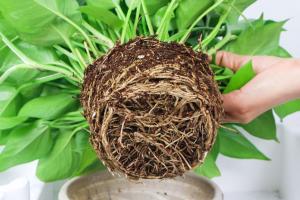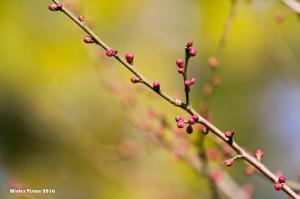Introduction
Seed plants, also known as spermatophytes, are a diverse group of organisms that have evolved to survive in a wide range of environmental conditions. One of their most remarkable features is their ability to reproduce without the need for water. Unlike non-seed plants such as mosses and ferns, seed plants have several adaptations that allow them to reproduce on land.
Adaptations for reproduction on land
Seed plants have a number of adaptations that allow them to reproduce on land without relying on water. One of the most important adaptations is the seed itself, which contains an embryo and a supply of nutrients to allow the plant to survive and grow until it can establish itself in the soil. Another key adaptation is the pollen grain, which contains the male gamete and can be transported by wind or animals to reach the female reproductive structure. Finally, seed plants have evolved a system of fertilization that does not require water, but instead relies on the transfer of sperm from the pollen grain to the female reproductive structure.
The role of pollen
Pollen is the male reproductive structure of seed plants. It contains the male gamete (sperm) and is produced by the male reproductive organ (stamen) of the flower. Once produced, the pollen grain is released into the air, where it can be carried by the wind or by animals to reach the female reproductive structure (ovule). When the pollen grain lands on the stigma of the female reproductive structure, it germinates and grows a pollen tube that allows the sperm to reach the egg cell inside the ovule.
The importance of seeds
Seeds are an essential adaptation for the survival of seed plants on land. They provide a protective and nutrient-rich environment for the developing embryo, and allow the plant to establish itself in the soil before it needs to rely on photosynthesis to produce its own food. The seed also allows seed plants to reproduce at a much greater distance from their parent plant than non-seed plants, which rely on spores that are much less resistant to drying out and can only travel short distances.
Conclusion
Seed plants have evolved a range of adaptations that allow them to reproduce on land without the need for water. These adaptations include the development of seeds, the production of pollen, and a system of fertilization that does not require water. These adaptations have allowed seed plants to colonize a wide range of environments and to become some of the most dominant and successful organisms on the planet.

 how many times do yo...
how many times do yo... how many planted tre...
how many planted tre... how many pine trees ...
how many pine trees ... how many pecan trees...
how many pecan trees... how many plants comp...
how many plants comp... how many plants can ...
how many plants can ... how many plants and ...
how many plants and ... how many pepper plan...
how many pepper plan...



























